
Archive for the ‘News’ Category
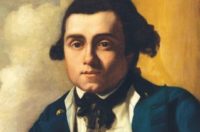
Captain Bligh’s Silly Secret
Inside Bligh’s Cabin. Richard Hough, author of Captain Bligh and Mister Christian, argues that Christian’s love was requited by Bligh on a regular basis and that the mutiny was sweet man-love turned sour’! (ref: David Hunt, “Girt”)

An increasingly complex situation
Who Caused the Mutiny on the Bounty — Madge Darby 1964. A curious variation is Darby’s somewhat Freudian contention that Christian became demented on realizing that he loved Bligh rather than his Tahitian consort Isabella. Bligh, ten years older than Christian took the younger man ‘not only as his protégé but also as his lover’.
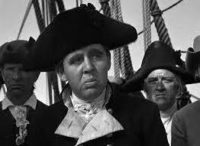
Passion, Power and Theatre on the Bounty
Mr Bligh’s Bad Language — Greg Dening 1994. Here Dening psychoanalyses Bligh as ‘a man bedeviled by nothing so much as his own vaguely homosexual jealousies’. Oscar Wilde once said, ‘everything in the world is about sex except sex. Sex is about power.’ If Bligh’s bedevilment wasn’t so vague, and he and Christian allowed each […]
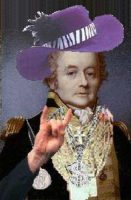
The Real Captain Bligh
Beyond seduction, suffering self-denial, or having a whale of a time living a bisexual lifestyle? Satirical Wiki artist shows Bligh giving the sign-of-the-horns small and index finger gesture, a familiar symbol of cuckoldry during Bligh’s time!

The Bounty — [1984 Film Version Five]
This fifth film dramatization of the 1789 mutiny aboard the HMS Bounty is based on Richard Hough’s novel Captain Bligh and Mr. Christian. The socially impotent Captain Bligh is as strict a disciplinarian as ever. Mr. Christian, formerly Bligh’s friend, becomes the leader of the mutiny virtually in spite of himself! Excellent performance with Mel […]
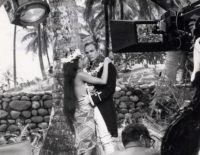
Mutiny on the Bounty — [1962 Film Version Four]
Colourful remake of MGM’s 1935 version three. ‘Tarita Teriipia and Brando shooting love scenes. Tarita later had two children with Brando, including a troubled daughter, Cheyenne, who committed suicide in 1995.’ (Hollywood-Elsewhere & Roy Frumkes). Notably in the 1962 production, which ran for a mighty 163 minutes, there’s just 4 minutes of scenes concerning breadfruit.
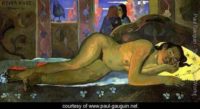
Gauguin’s Erotic Tahiti
Gauguin’s erotic Tahiti idyll exposed as a sham. Paul Gauguin, renowned for his paintings of exotic idylls and Polynesian beauties, was a sadist who battered his wife, exploited his friends and lied to the world about the erotic Eden he claimed to have discovered on the South Sea island of Tahiti. The most exhaustive study […]
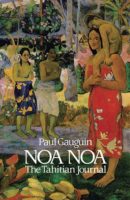
Gauguin’s ideas influenced Bountiana
‘Paul Gauguin fled what he called “filthy Europe” in 1891 to what he hoped would be an unspoiled paradise, Tahiti. He painted 66 magnificent canvases during the first two years he spent there and kept notes from which he later wrote Noa Noa — a journal recording his thoughts and impressions of that time’ (Amazon).

Global Breadfruit
To help support the great work of the NTBG Breadfruit Institute, and breadfruit tree-planting projects, visit http://ntbg.org/breadfruit/donate/plantatree.php. For information on Global Breadfruit and how you can help, visit http://www.globalbreadfruit.com

“Bounty” Pop Culture
The “Bounty” industry has been servicing our imaginings since Gauguin sailed from Marseilles for Tahiti on the Océanien in April 1891 — http://www.huffingtonpost.com.au/entry/taschen-tiki-pop-sven-kirsten_n_5640183
